Hunting and Habitat: Managing Wildlife Populations in Forests
- August 28, 2024
- 0 comment
For centuries, hunting has played a crucial role in the relationship between humans and wildlife. Traditionally, hunting was a means of survival, providing food, clothing, and tools. Over time, as societies evolved, hunting became more than just a survival skill; it became a method of wildlife management. Early conservationists recognized the need to balance hunting with the preservation of wildlife populations, leading to the development of regulated hunting practices aimed at sustaining both game species and their habitats.

Balancing hunting practices with habitat conservation is essential for maintaining healthy ecosystems. Hunting, when properly managed, can help control animal populations that might otherwise grow beyond the capacity of their environment. Overpopulation can lead to habitat degradation, negatively impacting not only the species in question but also other plants and animals that share the ecosystem.
Despite its benefits, managing wildlife populations through hunting presents challenges. One of the most significant challenges is ensuring that hunting practices do not over-exploit certain species, leading to a decline in their populations. Additionally, changing environmental conditions, such as climate change, can alter habitats and affect the availability of resources, complicating efforts to balance hunting with conservation.
Table of Content
- The Role of Hunting in Wildlife Population Control
- Habitat Management for Healthy Wildlife Populations
- Integrating Hunting with Habitat Conservation Efforts
- Monitoring and Adapting Wildlife Management Strategies
- Ethical Considerations in Hunting and Habitat Management
- Policy and Regulation in Wildlife and Habitat Management
- Future Directions in Hunting and Habitat Management
- FAQs
The Role of Hunting in Wildlife Population Control
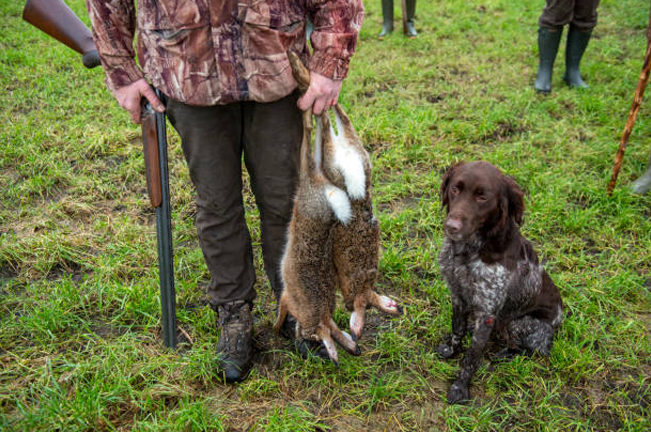
Regulated hunting plays a vital role in maintaining balanced wildlife populations. In ecosystems where natural predators have been diminished or removed, hunting helps to prevent the overpopulation of certain species. For example, deer populations can quickly grow beyond what their habitat can support, leading to overgrazing and the degradation of vegetation. By controlling the number of deer through hunting, ecosystems can be preserved and remain in balance.
Overpopulation of certain species can lead to significant ecological problems. For example, when herbivore populations grow too large, they can deplete the vegetation in their habitat, causing soil erosion and reducing food sources for other animals. In such cases, hunting helps mitigate these impacts by keeping population numbers in check.
There are numerous examples where hunting has been successfully used to control wildlife populations. In many regions, controlled hunting seasons are implemented specifically to manage species such as deer, boar, and elk. These practices not only help maintain healthy populations but also contribute to the conservation of other species and the overall health of the ecosystem.
Habitat Management for Healthy Wildlife Populations
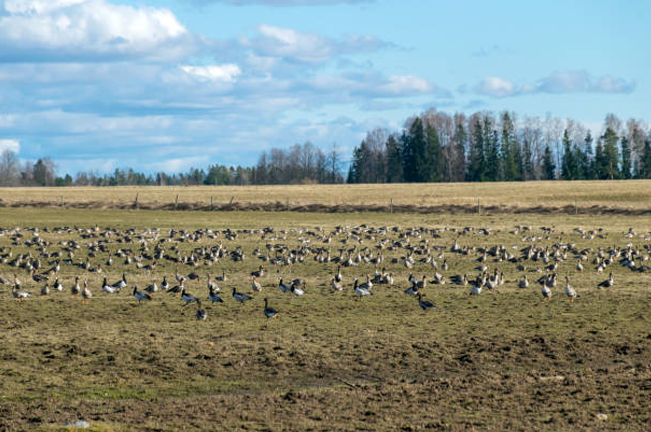
Effective habitat management is essential for supporting healthy wildlife populations in forest ecosystems. The key principles of habitat management involve maintaining a diverse and resilient environment that can support a wide range of species. This includes ensuring that there are adequate food sources, water, shelter, and breeding sites for wildlife.
Strategies for creating and maintaining diverse habitats involve a combination of practices, such as controlled burns, selective logging, and the restoration of natural watercourses. These techniques help to create a mosaic of different habitat types within a forest, providing the resources needed for various species to thrive.
Habitat restoration is also a critical component of promoting wildlife health. Restoring degraded areas, such as replanting native vegetation or rehabilitating wetlands, can enhance the overall health of the ecosystem. These efforts not only benefit the targeted species but also contribute to the broader biodiversity of the forest, ensuring that all species, including non-game animals, have the resources they need to survive.
Integrating Hunting with Habitat Conservation Efforts
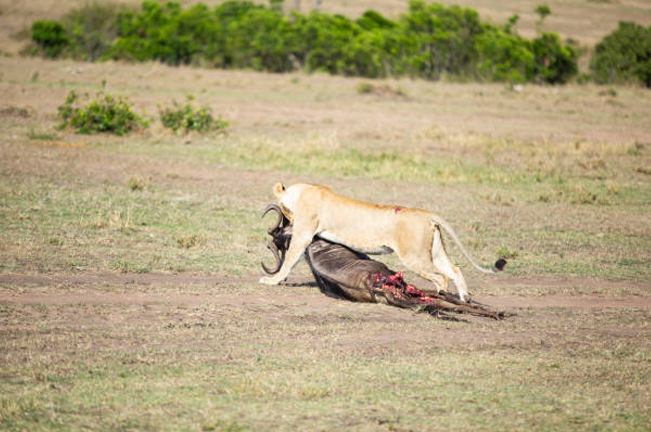
Integrating hunting with habitat conservation is crucial for achieving sustainable wildlife management. Best practices for harmonizing these efforts include setting hunting quotas based on scientific data, protecting critical habitats from over-exploitation, and engaging hunters in conservation activities.
Techniques for managing habitats to support game species and overall biodiversity involve creating environments that meet the needs of various species throughout their life cycles. This can include maintaining open fields for grazing species, preserving dense thickets for shelter, and ensuring the availability of water sources. By managing habitats in this way, wildlife managers can support not only the game species but also the broader ecosystem.
There are many successful examples of integrating hunting with habitat conservation. For instance, in certain regions, conservation organizations work with hunting groups to restore and protect habitats. These collaborative efforts have led to the recovery of species that were once in decline, demonstrating that hunting and conservation can coexist when managed correctly.
Monitoring and Adapting Wildlife Management Strategies
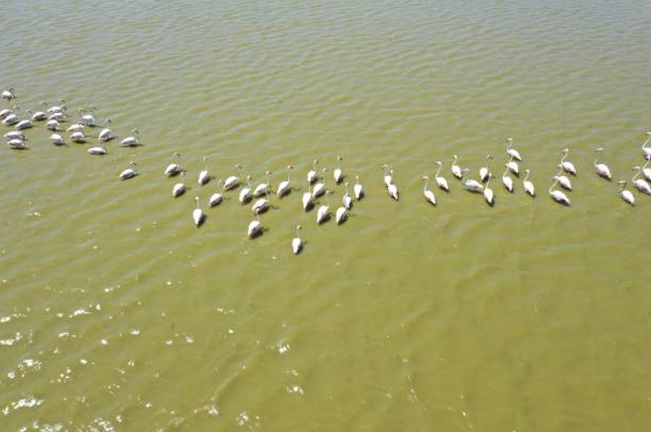
Monitoring wildlife populations and habitat health is essential for making informed management decisions. Regular surveys, tracking, and data collection help wildlife managers understand population trends and the condition of habitats. This information is crucial for adjusting management strategies as needed.
Adaptive management approaches are necessary in response to changing ecological conditions. As environments change due to factors like climate change, wildlife managers must be flexible and willing to adjust their strategies to ensure the continued health of wildlife populations and habitats. This might involve altering hunting quotas, changing habitat management practices, or implementing new conservation measures.
Tools and technologies for tracking wildlife and habitat changes have advanced significantly in recent years. Remote sensing, GPS tracking, and automated cameras allow for more accurate and efficient monitoring of wildlife and their habitats. These technologies provide valuable data that can be used to improve management strategies and ensure that they remain effective over time.
Ethical Considerations in Hunting and Habitat Management
Balancing the needs of hunters with the welfare of wildlife is a complex ethical challenge. Responsible hunting practices must prioritize the long-term health of wildlife populations and their habitats. This involves setting sustainable quotas, ensuring that hunting is done humanely, and protecting non-target species.
Public concerns about hunting and its impact on ecosystems are valid and must be addressed by wildlife managers. Transparent communication about the role of hunting in wildlife management, along with education about its benefits, can help build public trust and support for hunting practices that contribute to conservation.
Promoting responsible hunting practices that align with conservation values is crucial for ensuring that hunting remains a viable tool for wildlife management. This includes educating hunters about the importance of conservation, encouraging ethical behavior, and fostering respect for the natural environment.
Policy and Regulation in Wildlife and Habitat Management
Regulations governing hunting and habitat management are essential for ensuring that wildlife populations and habitats are protected. These regulations set limits on hunting practices, protect critical habitats, and establish guidelines for sustainable wildlife management.
The role of government and non-governmental organizations in shaping policies is critical for the success of wildlife management efforts. Governments create and enforce regulations, while NGOs often work on the ground to implement conservation projects and advocate for stronger protections.
International agreements on wildlife management also play a significant role in shaping practices at the national and local levels. These agreements set global standards for conservation, promote cooperation between countries, and help ensure that wildlife populations are managed sustainably across borders.
Future Directions in Hunting and Habitat Management
The future of hunting and habitat management will be shaped by emerging challenges, such as climate change, habitat loss, and shifting public attitudes toward wildlife conservation. Addressing these challenges will require innovative approaches to wildlife management and habitat conservation.
Innovations in habitat management and sustainable hunting practices will be essential for adapting to these changes. This might include developing new methods for habitat restoration, improving the sustainability of hunting practices, and finding ways to mitigate the impacts of climate change on wildlife populations.
Frequently Asked Questions (FAQs)
1. What is the relationship between hunting and wildlife management?
Hunting has historically been a tool for wildlife management, helping to control animal populations, prevent overpopulation, and maintain ecological balance in forest ecosystems.
2. How does hunting help in controlling wildlife populations?
Regulated hunting helps prevent overpopulation, which can lead to habitat degradation and imbalance in ecosystems. It serves as a substitute for natural predators in areas where they are absent.
3. What are the key principles of habitat management in forests?
Habitat management involves maintaining diverse habitats that support various species, ensuring the availability of food, water, shelter, and breeding sites, and restoring degraded areas to promote overall ecosystem health.
4. How can hunting be integrated with conservation efforts?
Hunting can be integrated with conservation by setting sustainable quotas, protecting critical habitats, and involving hunters in conservation activities that support biodiversity and ecosystem health.
5. What are some challenges in balancing hunting with habitat conservation?
Challenges include ensuring that hunting does not lead to species decline, managing changing environmental conditions and addressing public concerns about the ecological impact of hunting.
6. Why is monitoring wildlife populations important in habitat management?
Monitoring provides data on population trends and habitat health, allowing wildlife managers to adapt their strategies in response to ecological changes, ensuring sustainable management.
7. What ethical considerations are involved in hunting and habitat management?
Ethical considerations include balancing the needs of hunters with wildlife welfare, promoting humane hunting practices, and addressing public concerns about the impact of hunting on ecosystems.
8. How do government policies affect hunting and habitat management?
Government policies regulate hunting practices, protect habitats, and establish guidelines for sustainable wildlife management, playing a crucial role in conservation efforts.
9. What role do international agreements play in wildlife management?
International agreements set global conservation standards, promote cross-border cooperation, and help ensure that wildlife populations are managed sustainably across different regions.
10. What are the future challenges in hunting and habitat management?
Future challenges include adapting to climate change, addressing habitat loss, and evolving public attitudes toward wildlife conservation, which will require innovative approaches to sustainable management.
11. How can technology assist in wildlife and habitat management?
Advances in technology, such as remote sensing, GPS tracking, and automated cameras, provide accurate data for monitoring wildlife and habitats, improving management strategies.
12. What are some examples of successful wildlife population control through hunting?
Examples include regulated hunting seasons for deer and boar, which help prevent overpopulation and protect forest ecosystems from degradation.

Gilbert Griffin
Forestry AuthorGilbert Griffin is a forest management expert specializing in sustainable practices, forest health, conservation, and land management. With extensive knowledge in pest control, disease management, and habitat restoration, Gilbert develops strategies to preserve forest ecosystems and biodiversity. Passionate about the natural world, Gilbert adapts to changes in forest management and stays updated through continuous learning. Gilbert also provides seasonal advice to optimize forest care throughout the year.


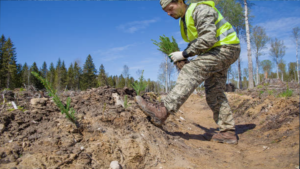



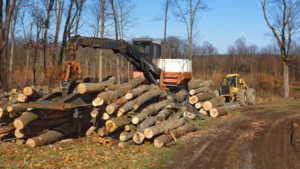
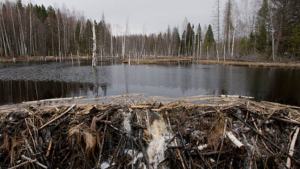


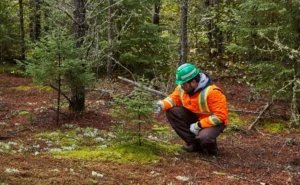

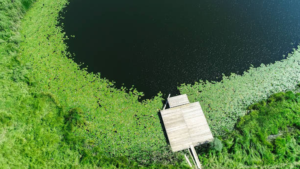
Leave your comment